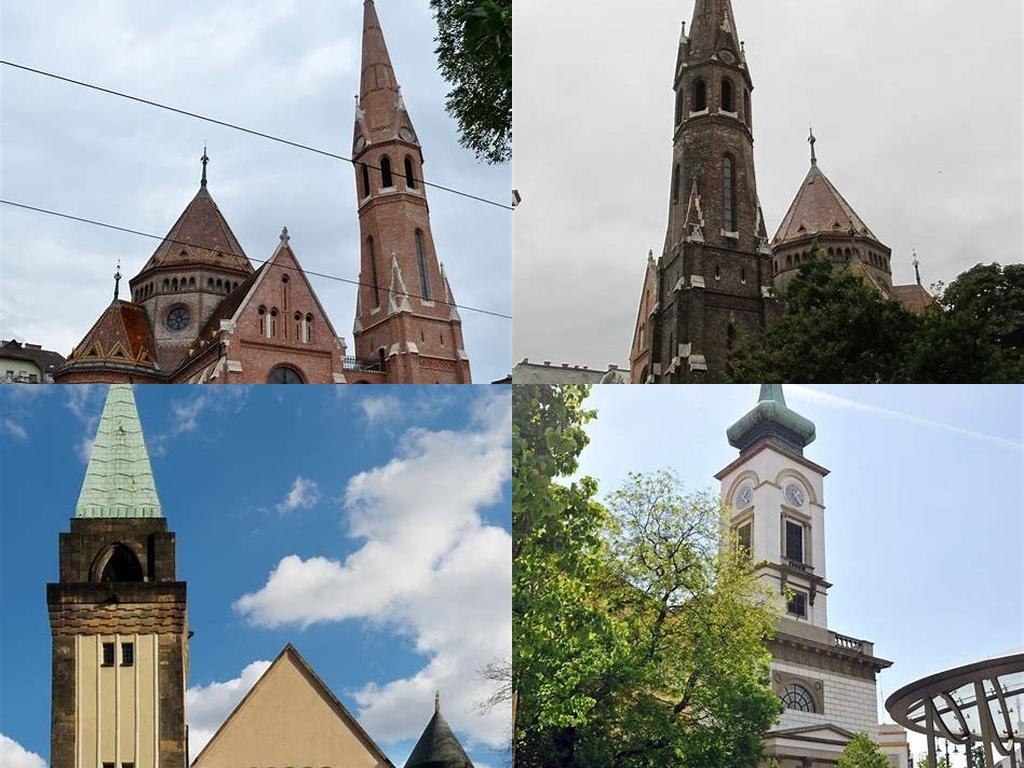
Református templom stands quietly at the heart of the town, its stone facade an unassuming witness to centuries of history and the gentle rhythm of daily life. Sometimes the most captivating destinations aren’t those that scream for attention but those that quietly endure, gathering stories in the sunshine and echoing them in the hush of old pews and dust-softened corners. Maybe you’re the kind of traveler who loves ornate cathedrals and baroque drama, but Református templom speaks in a gentler language. It’s for those who pause, look closer, and listen for the heartbeat of a community. Each stone, every panel of its wooden doors, and the scratch of history along its benches tell a story that’s tied directly to the town’s soul.
Walk through those doors and you’re instantly aware that this isn’t just an architectural relic—it’s a living place. Built around the early 17th century, the church has seen the rise and fall of empires, the turbulence of religious change, and the peace of rural life coming back after each storm. Unlike some religious spaces with ceilings weighed down by golden cherubs and stories in stained glass, Református templom has a purity to it. The whitewashed walls and simple, wooden gallery reflect the spirit of the Reformation: a shift away from display, and toward the personal, thoughtful practice of faith. You’ll often see the congregation gathering here on Sundays, their traditions unchanged even as the modern world hums just outside.
What’s fascinating is the way this church is woven into wider European history. The Reformation movement, sparked in the 16th century by names like John Calvin and reaching deep into Central Europe, was about more than belief—it was about people taking agency in how they lived and worshipped. This little church became a cornerstone for that local identity. Even the smallest details—an engraved date on a beam, a handwritten hymnbook in the vestry—are a reminder of all those anonymous villagers whose lives intersected right here. During various turbulent times, including the rule of the Ottoman Empire and later the Austro-Hungarian Monarchy, the church sometimes served as more than a place of worship: it was a meeting hall, a school, and for some, a refuge.
You might miss some of the church’s magic if you visit only for its architecture. Yes, the mellow stone tower and that graceful shingle roof are beautiful, but it’s the atmosphere inside that lingers with you. Sunlight flickering through warped glass, old hymns rising then slipping into silence, and the scent of beeswax and old wood—all of it layers into a sensory experience. There’s a feeling here of generations passing on quiet hope, just as surely as hands have passed along the heavy keys each day at dusk.
If you time your visit during a festival or local holiday, you’ll see even more life pulse through these walls. Children rush in, their laughter echoing under the arches, and families in their best jackets fill the nave. The congregation’s singing gives the place a new energy, and outside afterwards, the church square fills with gossip, pastry crumbs, and the slow turning of seasons. That’s part of the charm: Református templom isn’t just a relic to be photographed and left behind. It offers a connection, however fleeting, to the everyday joys, struggles, and resilience of a community shaped by history.
So, whether you’re a keen historian, someone who loves quiet places, or simply a wanderer who likes to dig below the surface, Református templom is worth a visit. Take your time sitting in its shadow, listening, and you might hear those centuries come softly to life.





